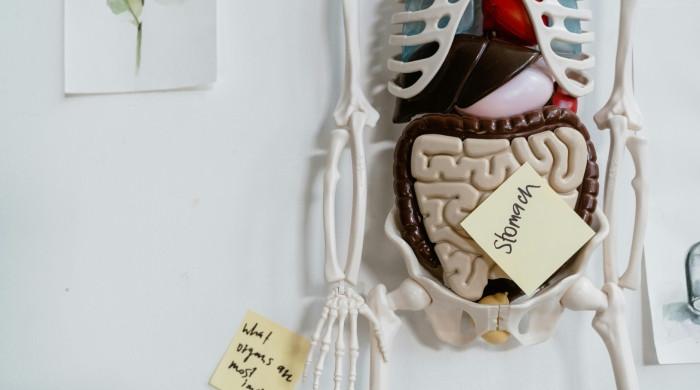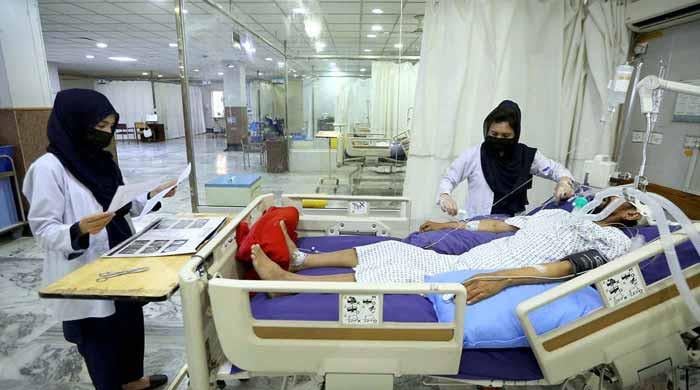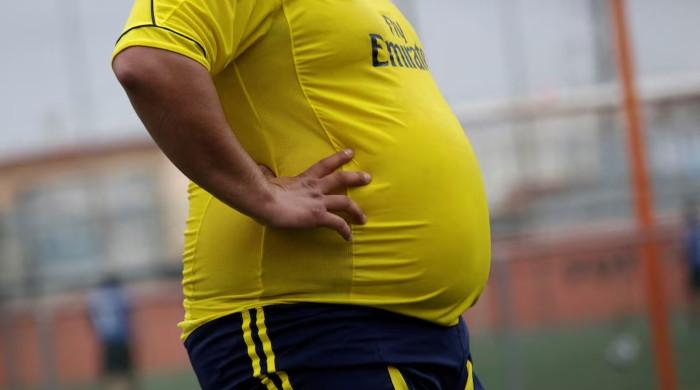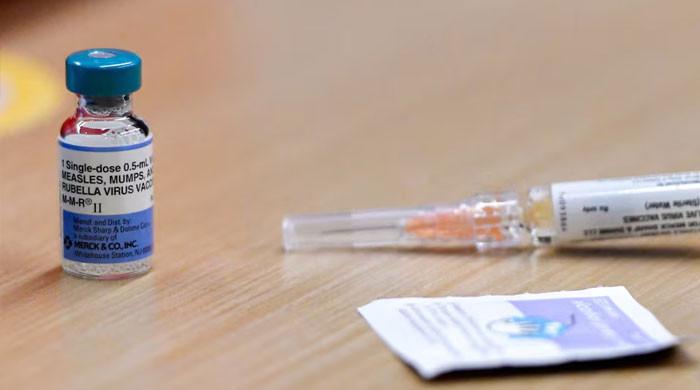Karachi in the grip of deadly diseases as Congo fever, brain-eating bug kill three more
Experts say the Congo fever is a lethal viral infection that is transmitted to humans from animals
August 27, 2019
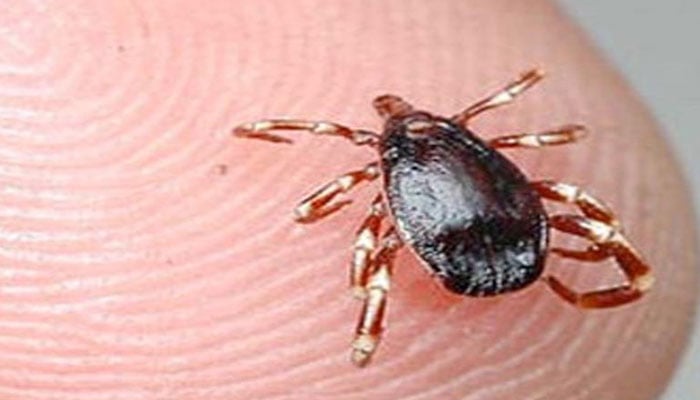
Karachi seems to be in the grip of deadly diseases, as Sindh Health Department officials said on Monday that three more people had fallen victim to the tick-borne Crimean-Congo haemorrhagic fever (CCHF) and the waterborne amoeba Naegleria fowleri.
Pakistan Field Epidemiology & Laboratory Training Program (FELTP) officials told The News that August had proved to be the deadliest month with respect to deaths due to the CCHF in Karachi, claiming 10 lives this month alone, while 16 people had fallen victim to it so far this year.
“Muhammad Hussain, 52, a stockbroker by profession and a resident of Bombay Bazaar in Kharadar, was taken to the Aga Khan University Hospital [AKUH] on Saturday, August 24 on complaints of high-grade fever and bleeding from the nose and the mouth,” said a FELTP official. “He was placed in the ICU after he tested positive for the CCHF, but he died during treatment on Sunday.”
The health official said Hussain had interacted with sacrificial animals on the eve of Eidul Azha and probably contracted the lethal viral infection from some infected animal, adding that he was taken to the private hospital when his condition deteriorated and he died during treatment.
Experts say the CCHF is a lethal viral infection that is transmitted to humans from animals, especially cattle and livestock that have ticks carrying the lethal virus attached to their bodies.
Infected patients of the CCHF are kept in isolation wards to prevent other patients, doctors and paramedics from contracting the viral infection. The mortality rate is around 40 per cent, especially when the patients are brought late to tertiary-care health facilities.
A woman from the Pishin area of Balochistan — 54-year-old Zulhija Ammer — who was undergoing treatment for the CCHF at the AKUH since August 16, also died due to complications of the viral disease late on Sunday night, FELTP officials told The News.
Two more patients — 63-year-old Habibullah from the Awaran area of Balochistan and a 23-year-old from the Kala Board area of Karachi’s Malir Town — continue to struggle for their life at the AKUH after being tested positive for the CCHF, said health officials.
Two more suspected patients of the CCHF are being kept in the isolation ward of a public hospital as their lab reports are being awaited so that appropriate treatment can be started because they have been presenting classic symptoms of the CCHF, added the officials.
Brain-eating bug
A teenage boy who had been battling for his life at a private hospital in Karachi after being infected with the deadly microorganism Naegleria fowleri died during treatment on Sunday night, said health officials.
“Sohaib Ali, 16, a resident of the Mehmoodabad area, was brought to a private hospital near Kalapul on complaints of extreme headache, nausea, vomiting and shivering. He tested positive for primary amoebic meningoencephalitis [PAM] and died on Sunday night,” said a health department official.
He said the teenager was put on life support, but the support was withdrawn on Sunday night on the insistence of the boy’s family, which led to his death, adding that hardly anybody survived after being infected with an N fowleri infection.
According to experts, PAM is a disease of the central nervous system caused by N fowleri, a free-living amoeba. It is a rare disease that is almost always fatal. Only four people in the US out of 145 have survived the infection between 1962 and 2018.
They say N fowleri infects the brain after a person ingests water through their nostrils while making ablution or after water enters into their nasal cavity while swimming in non-chlorinated swimming pools or lakes.
Health department officials said that with the latest Naegleria death, 12 people have now died in Karachi due to PAM caused by the brain-eating bug.
Experts say the city is in the grip of viral and waterborne diseases after the recent monsoon rains, and the infection caused by N fowleri is preventable if chlorinated water is supplied to the citizens and other precautionary measures are taken.
Originally published in The News






